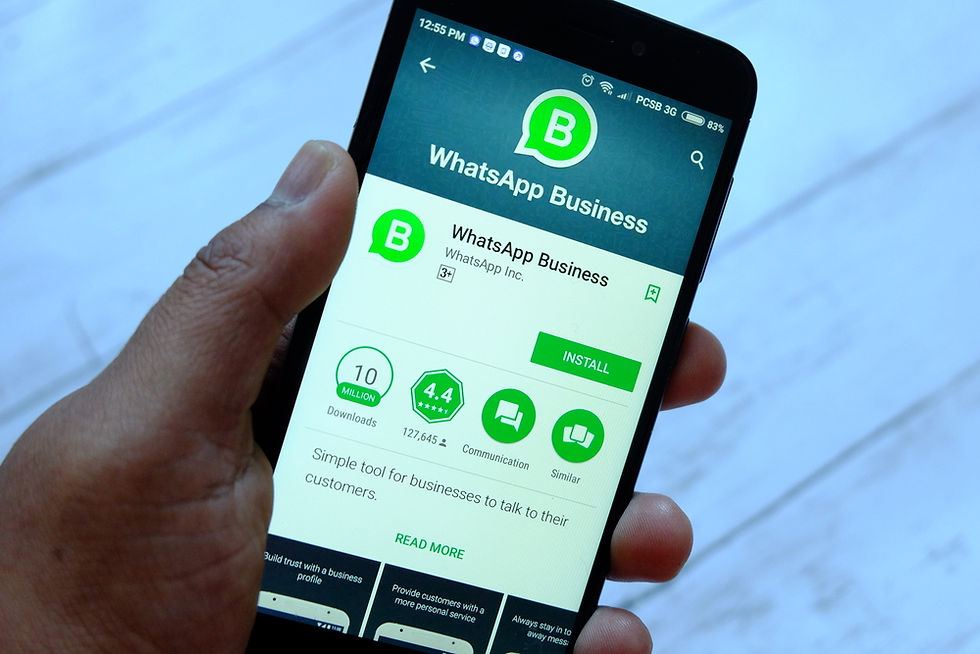
As a data scientist at Facebook overseeing WhatsApp Business Messaging, measuring its success involves several aspects. Here's a breakdown of each element you mentioned:
1) Possible Purpose:
The purpose of WhatsApp Business Messaging is to provide businesses with a platform to connect and communicate with their customers in a secure, reliable, and convenient manner. It enables businesses to provide customer support, share important updates, and facilitate transactions.
2) Possible Drawbacks:
While WhatsApp Business Messaging offers numerous benefits, there are potential drawbacks to consider. These may include limitations related to scalability, customer reach (as WhatsApp requires users to have an active phone number), potential spam or misuse by businesses, and the need for users to opt-in to receive messages. As a data scientist, it's important to address these challenges and optimize the user experience.
3) Success Metrics:
To measure the success of WhatsApp Business Messaging, several metrics can be considered:
Active Business Accounts: The number of businesses actively using the WhatsApp Business API or Business App.
Messaging Volume: The total number of messages exchanged between businesses and customers, indicating the level of engagement.
Response Time: The average time taken by businesses to respond to customer queries or messages, reflecting the efficiency of customer support.
Customer Satisfaction: Measuring customer feedback, ratings, or surveys to gauge the satisfaction level of users interacting with businesses on WhatsApp.
Conversion Rate: The percentage of users who engage with businesses on WhatsApp and complete desired actions, such as making a purchase or booking a service.
Cost per Interaction: The cost incurred by businesses to engage with customers on WhatsApp, considering factors like API usage fees or staffing costs.
4) Counter Metrics:
While success metrics are important, counter metrics can provide a balanced perspective and highlight areas for improvement. These may include:
Opt-Out Rate: The percentage of users who opt-out or unsubscribe from receiving messages from specific businesses, indicating potential user dissatisfaction or spam concerns.
Spam Complaints / Message Block Rate: The percentage of messages that are blocked or reported as spam by users, highlighting issues with message relevance or quality.
Churn Rate: The rate at which businesses discontinue using WhatsApp Business Messaging, signaling potential dissatisfaction with the platform or inadequate results.
5) Company Product Ecosystem Metrics:
Considering the broader company product ecosystem metrics is also crucial to assess the overall impact of WhatsApp Business Messaging. These may include:
User Growth: Monitoring the growth in the number of WhatsApp users, as increased user base expands the potential customer reach for businesses.
Revenue: Assessing the revenue generated from WhatsApp Business Messaging, such as API usage fees or revenue from additional business services.
Cross-Platform Integration: Evaluating the integration and synergies with other Facebook products or services, such as Facebook Ads or Instagram, to measure the overall value and effectiveness of the product ecosystem.
By considering these various metrics, a data scientist at Facebook can gain insights into the success of WhatsApp Business Messaging, identify areas for improvement, and make informed decisions to enhance the experience for businesses and users on the platform.
